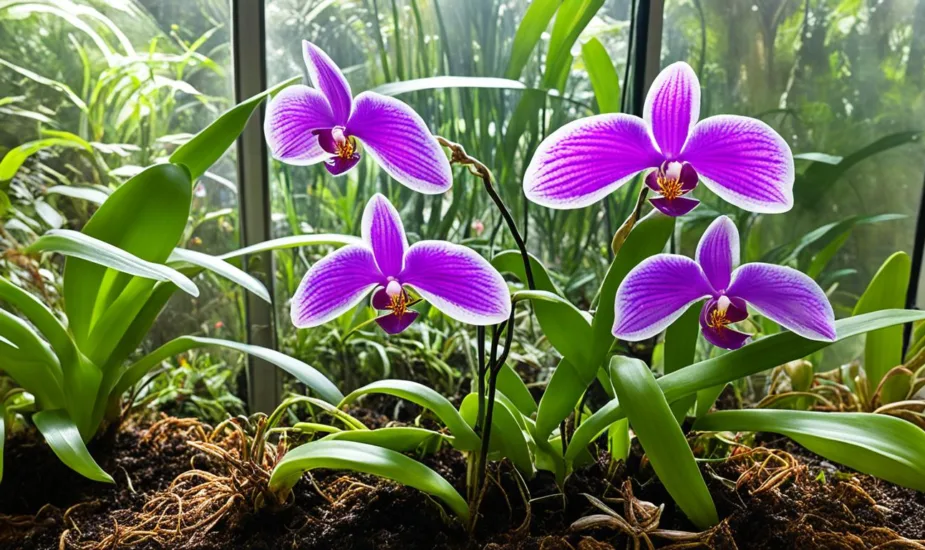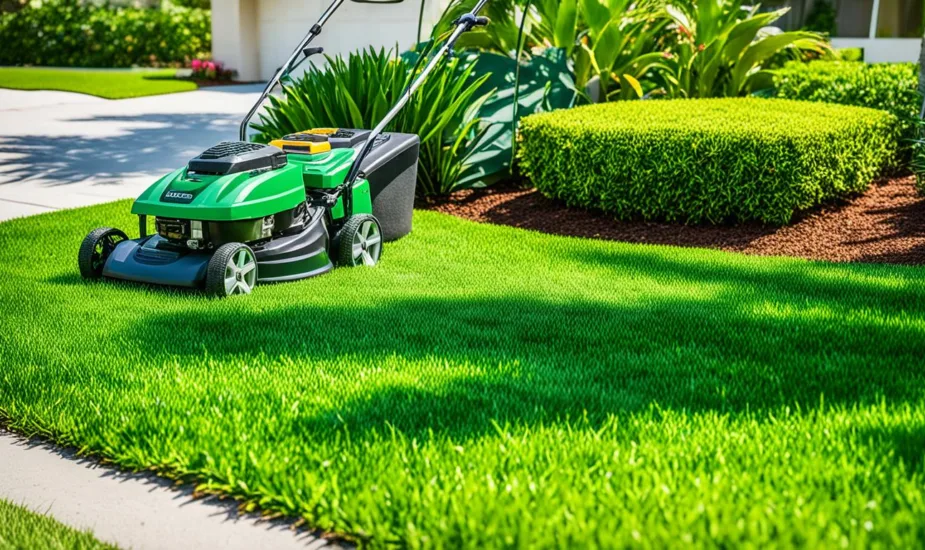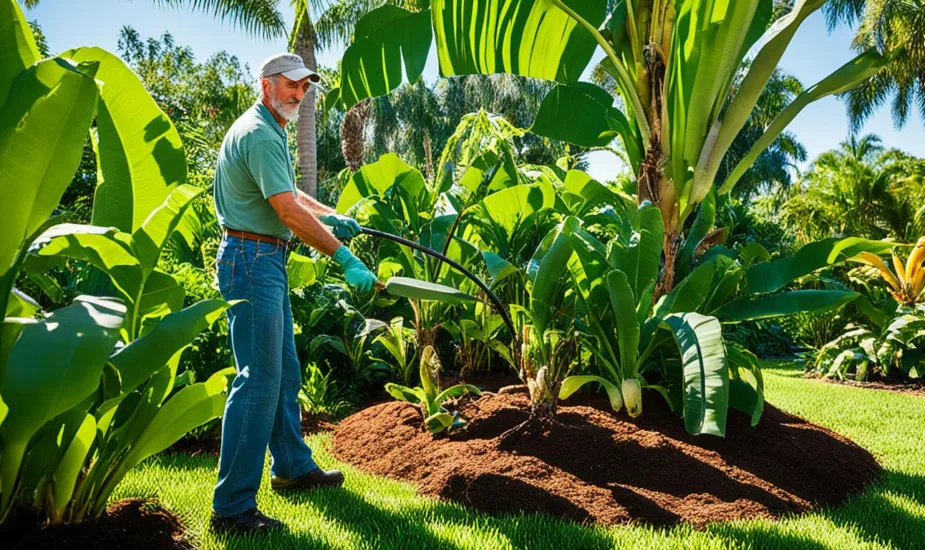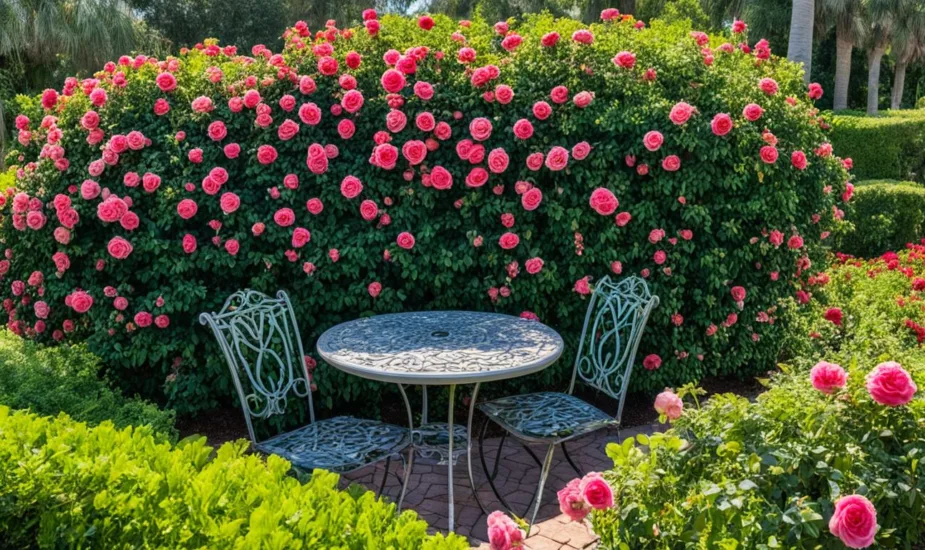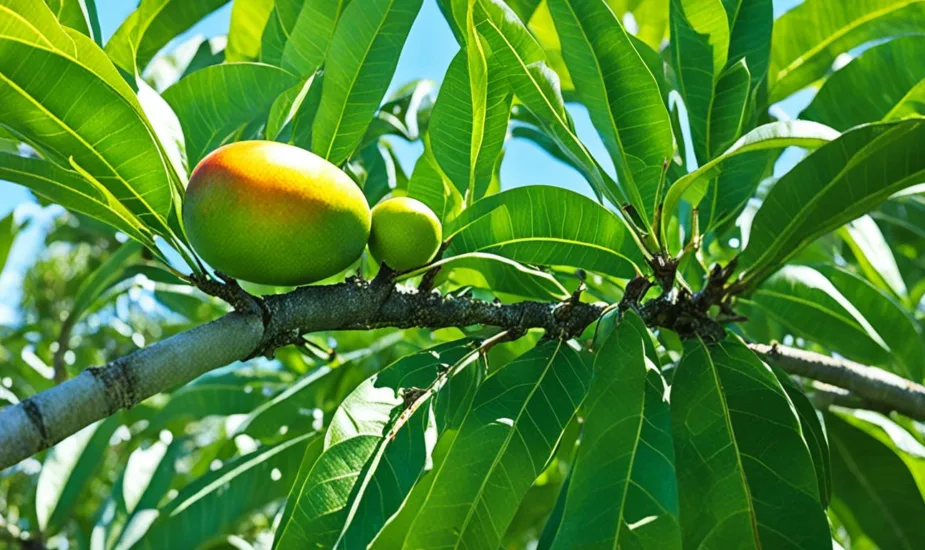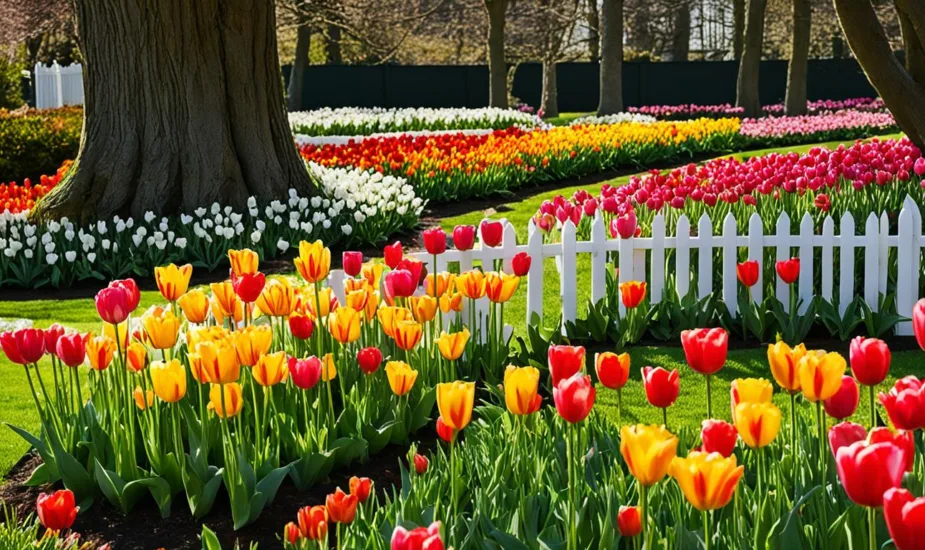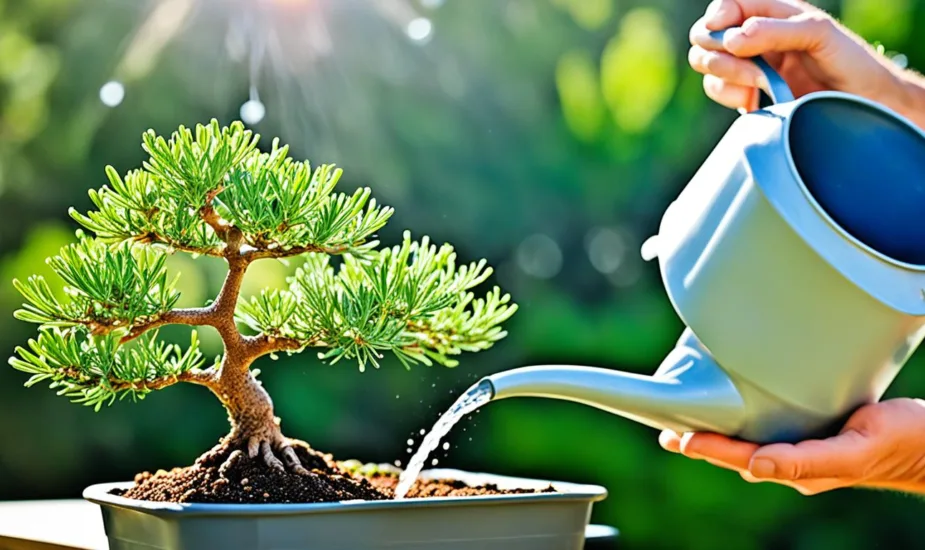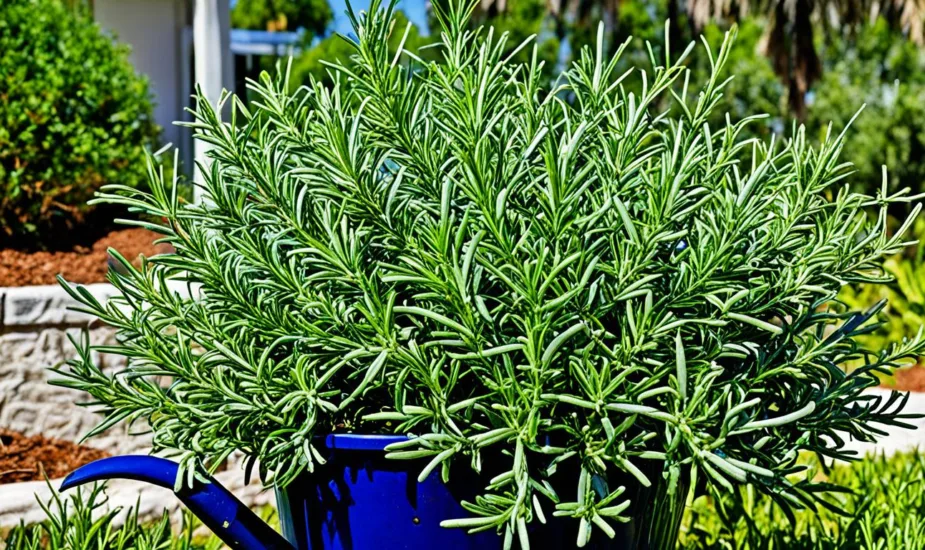Florida Plumeria Care: My Gardening Tips
Discover essential tips and best practices for plumeria care in Florida. Learn how to nurture vibrant blooms in the Sunshine State with my gardening insights.

As a passionate gardener in Florida, I have always been drawn to the beauty and exotic allure of plumeria plants. These vibrant and fragrant flowers, also known as Frangipani or Hawaiian lei flowers, add a touch of tropical paradise to any garden. Over the years, I have learned valuable tips and tricks for caring for plumerias in the unique climate of Florida, and I am excited to share them with you.
Picture this: It’s a sunny morning in my backyard paradise, and I am surrounded by a beautiful array of plumerias in different colors and sizes. The gentle breeze carries the intoxicating scent of their blooms, transporting me to a tropical island getaway. As I tend to my plumeria garden, I am reminded of the essential care practices that have contributed to the thriving and healthy state of these magnificent plants.
With the right amount of sunlight, proper watering techniques, and careful attention to fertilizing and pest control, my plumerias have become the envy of my neighbors and a source of personal pride. And trust me, the effort is well worth it when you witness the vibrant blooms and experience the tropical oasis that these plants create in your own backyard.
So, whether you’re a first-time plumeria enthusiast or a seasoned Florida gardener looking to enhance your plumeria care skills, join me on this journey as I share my tried and true tips for caring for plumerias in the Sunshine State.
Key Takeaways:
- Plumerias thrive in full sun and require at least 6 to 8 hours of direct sunlight.
- Allow the plants to dry out between watering to prevent overwatering.
- Use a balanced fertilizer with micronutrients to promote healthy growth and vibrant blooms.
- Monitor for pests and diseases and take prompt action if needed.
- Adjust care practices based on the specific growing environment to ensure the best results.
Sun and Water Requirements for Plumeria Care in Florida
Plumerias, also known as Frangipani or Hawaiian lei flowers, are stunning tropical plants that flourish in the sunny climate of Florida. To ensure the successful care of plumerias, it is crucial to understand their specific sun and water requirements.
Plumeria Sun Requirements
Plumerias thrive in full sun and require a minimum of 6 to 8 hours of direct sunlight for optimal blooming. Without adequate sun exposure, plumerias will not produce bloom stems and may develop weak and leggy growth. Therefore, it is essential to place your plumeria plant in a location where it can receive maximum sunlight throughout the day. If you are growing plumerias indoors, ensure they are positioned near a bright window or under artificial grow lights to replicate the intensity of the sun.
Plumeria Water Requirements
Proper watering practices are crucial for the health and well-being of plumerias. While they love water, they also require periods of dryness between watering. To determine the watering frequency, consider factors such as pot size, plant size, and environmental conditions.
Plumerias in smaller pots may need daily watering to maintain moisture levels, while plumerias in larger pots or planted directly in the ground may require less frequent watering. It is best to use a moisture meter to monitor the moisture content of the soil. Insert the probe of the moisture meter into the soil, and if the reading indicates dryness, it’s time to water the plumeria. However, if the soil is still moist, it is advised to wait before the next watering session.
Remember that plumerias are drought-tolerant and can withstand extended periods of dryness. Overwatering can lead to root rot and other fungal diseases, which can be detrimental to the health of the plant. Therefore, it is always better to err on the side of underwatering than overwatering.
| Plumeria Sun Requirements | Plumeria Water Requirements |
|---|---|
| Require at least 6 to 8 hours of direct sunlight | Dry out between watering |
| Insufficient sun exposure leads to weak growth | Overwatering can cause root rot |
In conclusion, providing ample sun exposure and allowing the plumeria plants to dry out between watering is crucial for their successful care in Florida. By understanding and meeting their specific sun and water requirements, you can enjoy the beauty and vibrancy of these tropical plants in your Florida garden.
Fertilizing and Feeding Tips for Plumeria Care in Florida
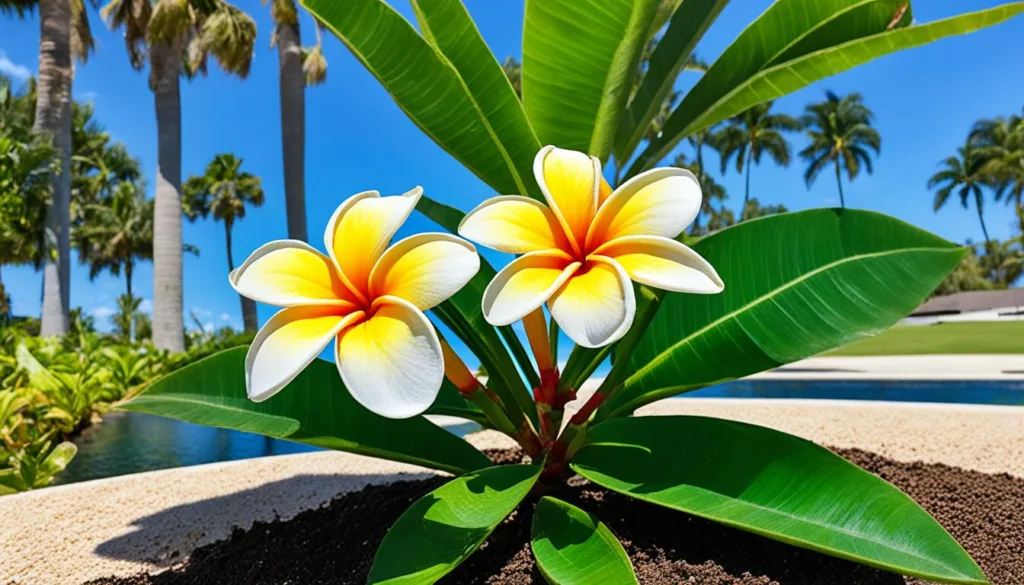
Plumerias in Florida gardens can greatly benefit from a well-executed feeding and fertilizing routine. By providing the right nutrients, you can foster their growth and promote the development of beautiful, vibrant blooms. Here are some essential tips to keep in mind:
- Choose a balanced fertilizer: Opt for a high-quality fertilizer that contains micronutrients. A balanced fertilizer with an even-numbered NPK ratio is ideal for plumerias. This will encourage vigorous growth and result in magnificent clusters of flowers.
- Consider time-released fertilizers: Depending on the growing season, you can apply time-released fertilizers once or twice a year. These slow-release formulations will gradually release the necessary nutrients over an extended period.
- Emphasize foliar feeding: To further enhance bloom production, consider incorporating foliar feeding into your care routine. Apply micronutrient-rich fertilizers directly to the leaves from spring through September, every 2-3 weeks. This method can have a significant impact on boosting floral output.
- Mind the dormant period: To ensure the health and vitality of your plumerias, it’s crucial to stop fertilizing approximately 45 days before the anticipated dormancy period starts. This will allow the plants to naturally prepare for their winter rest without an excess of nutrients.
- Avoid excessive nitrogen: While providing the necessary nutrients is vital, it’s essential to avoid fertilizers that are high in nitrogen. Excessive nitrogen can result in tall, lanky growth with fewer flowers. Prioritize a balanced fertilizer to achieve the best results for your plumerias.
By following these fertilizing and feeding tips, you can ensure the overall health and prosperity of your plumeria plants in Florida gardens. The right nutrients, provided in a well-balanced and timely manner, will contribute to the stunning beauty and longevity of these tropical treasures.
Pest and Disease Control for Plumeria Care in Florida

Plumerias are generally resistant to pests and diseases, but they can occasionally be attacked by spider mites, white flies, mealy bugs, and scale. These pests are more likely to infest plants that are kept too dry or in shaded areas. To control these pests, spraying the plants with liquid dishwashing soap or recommended insecticides can be effective.
“I always keep a close eye on my plumeria plants for any signs of pests. If I notice any infestations, I quickly take action to prevent further damage.”
Plumerias may also develop a rust fungus on the leaves in the fall, but it is usually not harmful, as the plants naturally lose their leaves around the same time. To prevent rust, it’s important to ensure good air circulation and avoid excessive moisture on the leaves. Monitoring the plants regularly and promptly treating any pest or disease infestations will help maintain the health and vigor of plumerias in Florida gardens.
| Pest or Disease | Symptoms | Control Measures |
|---|---|---|
| Spider Mites | Webbing, tiny spots on leaves | Spray with insecticidal soap or neem oil |
| White Flies | Yellowing leaves, sticky residue | Use yellow sticky traps or spray with insecticidal soap |
| Mealy Bugs | White cottony masses on stems and leaves | Remove with a cotton swab soaked in rubbing alcohol |
| Scale | Small brown or black bumps on leaves and stems | Scrape off with a brush or use horticultural oil |
By taking proactive measures to control pests and diseases, I ensure that my plumerias remain healthy and vibrant throughout the year.
Conclusion
Proper plumeria care is essential for maintaining healthy and blooming plants in South Florida. By following a few best practices, plumeria enthusiasts can enjoy the beauty of these exotic tropical flowers in their gardens year after year.
First and foremost, providing ample sun exposure is crucial for plumerias to thrive. These plants require at least 6 to 8 hours of direct sunlight, so make sure to choose a sunny location in your garden.
In addition to sun, it’s important to allow the plants to dry out between watering. Plumerias can withstand extended periods of dryness and do not require frequent watering. Overwatering can lead to root rot and other problems, so it’s best to let the soil dry out before watering again.
Fertilizing and feeding plumerias regularly with a balanced fertilizer containing micronutrients is another vital aspect of care. However, it’s important to stop fertilizing about 45 days before the dormancy period starts, usually in winter. Following these guidelines will promote healthy growth and abundant blooms.
Finally, monitoring for pests and diseases is essential for maintaining the health of your plumeria plants. Although plumerias are generally resistant to pests and diseases, occasional infestations can occur. Promptly treating any issues with appropriate insecticides or natural remedies will help preserve the beauty of your plants.
By incorporating these best practices and adjusting care based on your specific growing environment, you can successfully cultivate vibrant and thriving plumeria plants in your South Florida garden. Enjoy the beauty of these exotic tropical flowers and the fragrant blooms they provide!
 Little Garden Tips
Little Garden Tips




